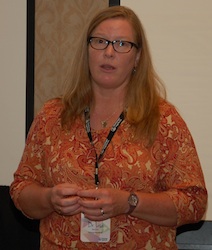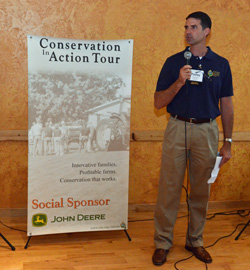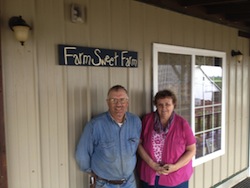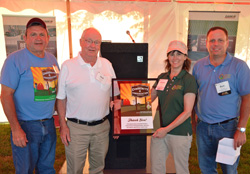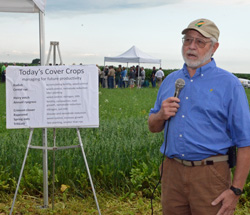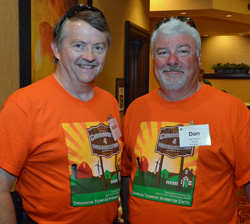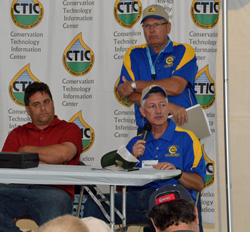This past weekend I attended Swine Link, a networking event held by women for women in the swine industry and sponsored by Boehringer Ingelheim (BI). Joined by several swine vets and swine marketers and brand managers, the first day the group was hosted by Meredith Publishing and on Saturday night, the attendees were treated to a Wine and Cheese Pairings. Put together by C.J. and Kari Bienert,owners of The Cheese Shop located in Des Moines, Iowa.
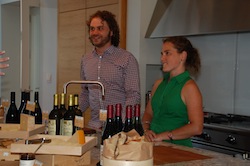 The Bienert’s put together three pairings featuring cheese produced by local Iowans. The first cheese was produced by Reichert’s Dairy Air located in Knoxville, Iowa and called Robiolina Di Reba (my favorite) along with a red wine called Sattler from St. Laurent, Austria. To add a flavor twist, the cheese and wine was paired with Portobello Mushroom Relish produced by American Spoon.
The Bienert’s put together three pairings featuring cheese produced by local Iowans. The first cheese was produced by Reichert’s Dairy Air located in Knoxville, Iowa and called Robiolina Di Reba (my favorite) along with a red wine called Sattler from St. Laurent, Austria. To add a flavor twist, the cheese and wine was paired with Portobello Mushroom Relish produced by American Spoon.
The second pairing featured an Aged Prairie Rose cheese produced by Milton Creamery in Milton, Iowa. The cheese was paired with Caymus a white wine produced in Conundrum, California and Pickled Apricots produced by Boat Street.
The final pairing featured an aged gouda produced by Frisian Farms in Okaloosa, Iowa paired with fig and black tea preserves produced by Quince and Apple and featuring a red wine called Domain De Girasols, produced in Rasteau, Cotes Du Rhone Village.
All the products featured can be purchased at The Cheese Shop. BI plans on hosting more Swine Link events throughout the year, so keep your eye out for news about upcoming events.
Check out the photos from the event in the Swine Link photo album.


